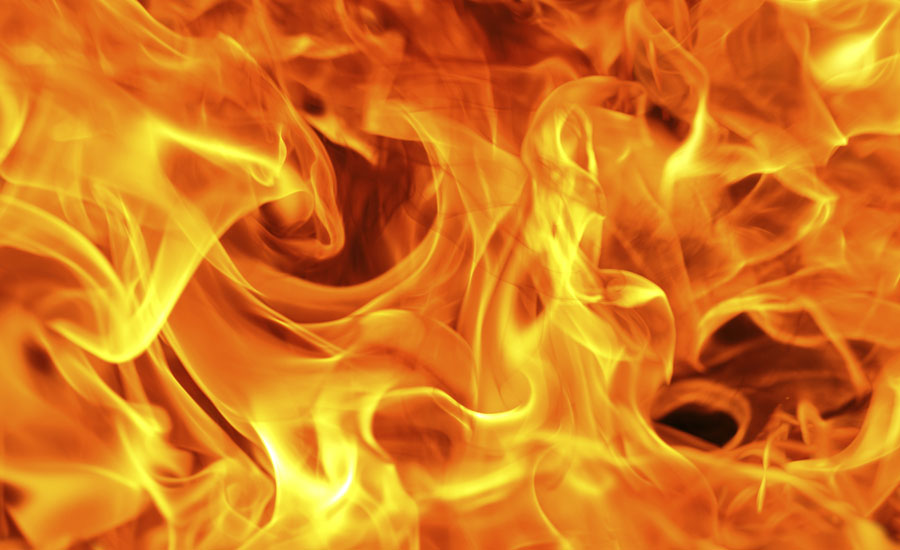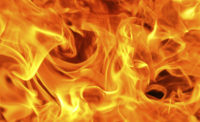AIHA offers info, resources to counter wildfire effects

With wildfires posing a current and – no doubt – future threat to California’s residents and its environment, the American Industrial Hygiene Association (AIHA) is urging California Governor Jerry Brown to turn to the experts – industrial hygienists – when it comes to protecting the health and safety of residents and recovery workers.
“AIHA and its members are ready now, and we will remain ready to assist you in recovery efforts throughout the days to come,” wrote AIHA President Deborah Imel Nelson PhD, CIH and California Industrial Hygiene Council President Pamela Murcell, CIH in a letter to Brown.
Industrial hygienists apply scientific principles to anticipate, recognize, evaluate, and control chemical and other health and safety hazards that may arise in or from the workplace. They unite management, workers, and the community in the common goal of protecting worker health and safety.
Recovery a dangerous time, too
Nelson and Murcell noted that often the greatest number of injuries and illnesses occur not just when a disaster strikes, but during cleanup and recovery.
“The greatest threats are the unknown hazards facing residents and recovery workers,” they wrote.
The impact of wildfires is not only felt by those in the immediate burn zone; it can extend several hundred miles away. Communities downwind from the fire may be affected as feather-light ash and other smoke components produced by the intense heat of the combustion are lofted into the air and travel great distances by prevailing winds. These potentially hazardous materials remain in and traverse the atmosphere for varying lengths of time, resulting in possible widespread and prolonged public exposures.
Wildfire particles can both migrate and infiltrate into the built environment through open doors and windows, on shoes and clothing, through the ventilation system and unperceived gaps in the building envelope. The AIHA says studies have shown that penetration rates can be highly influenced by building characteristics, meteorology, and particle size/composition. Settled ash and other combustion particles on building surfaces or personal property can emit volatile materials, which may be the source of persistent odors and/or result in an alteration in appearance or value. Homeowners returning to burned-out residential areas may be exposed to ash which contains toxic metals such as lead, copper, and chromium, in addition to potential exposures to asbestos and decomposition products from pesticides and other hazardous materials which may have been stored in the area.
Nelson and Murcell told Brown that ensuring that the proper personnel are in place both on the ground and in planning arenas is crucial to safe recovery efforts.
Additional recommendations:
- Workers and others sifting through the ash of burned homes and other structures are at an increased risk of skin, lung and eye damage, and as such these individuals should take extra steps to protect themselves, including wearing N95-rated masks, long sleeves, boots, and glasses.
- Industrial hygienists – particularly Certified Industrial Hygienists (CIH) -- should be included in the pre-planning, emergency response, and management phases associated with disasters.
- Prospective contractors should be evaluated based on: the existence of an adequate written health and safety program; an Experience Modification Ratio (EMR) less than 1.0; injury and illness statistics less than industry average; participation in voluntary health and safety programs (such as the Cal/OSHA or OSHA Voluntary Protection Programs) ; a well-defined and adequately resourced management system and client assessments of safety and health performance on previous contracts.
- Conversely, those contractors with a poor health and safety performance track record, a record of civil/criminal penalties, unfavorable EMR or assessments of health and safety performance on previous contracts and the absence of a formalized health and safety program should be given negative consideration.
The letter can be found here.
Looking for a reprint of this article?
From high-res PDFs to custom plaques, order your copy today!








